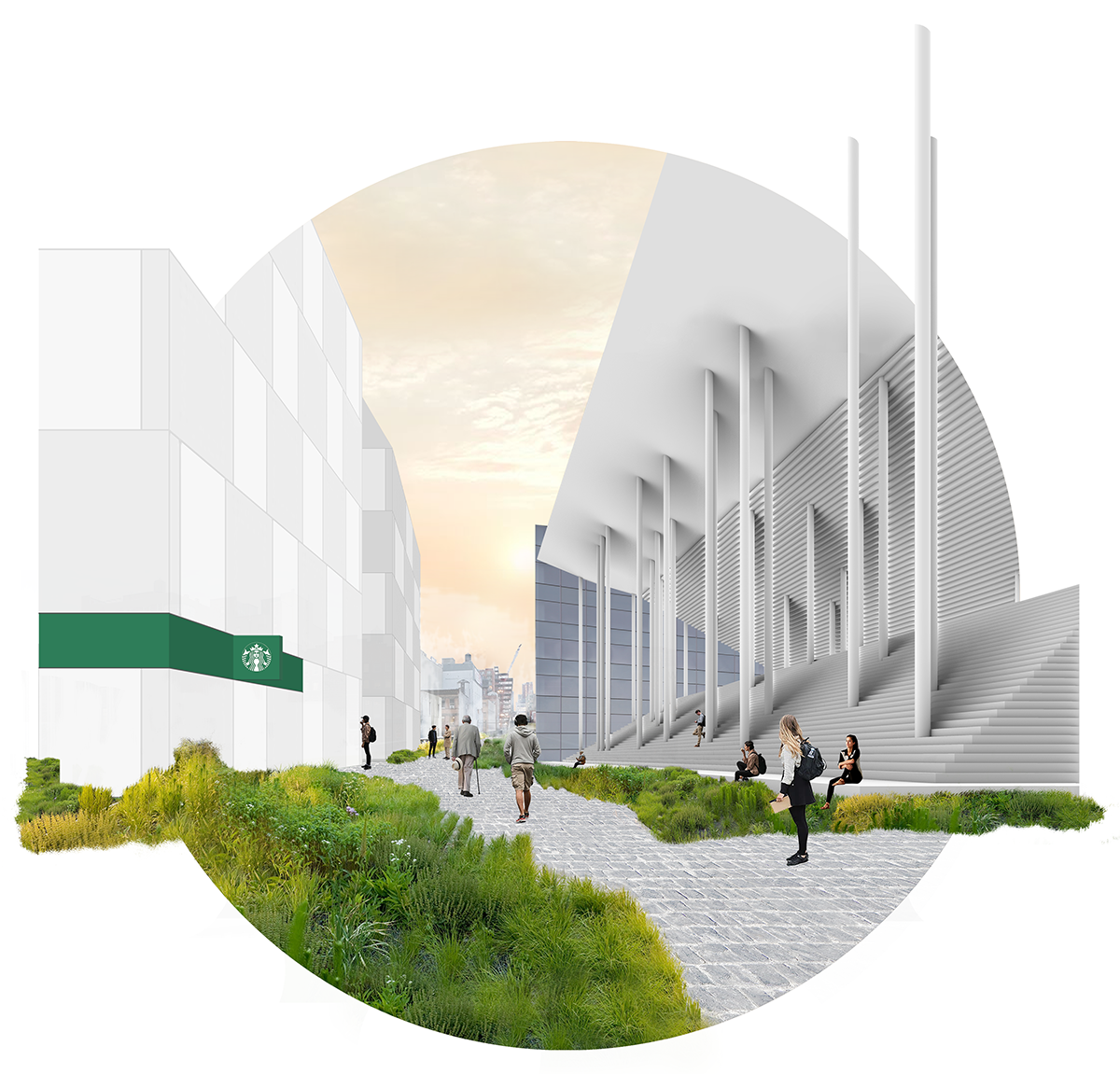

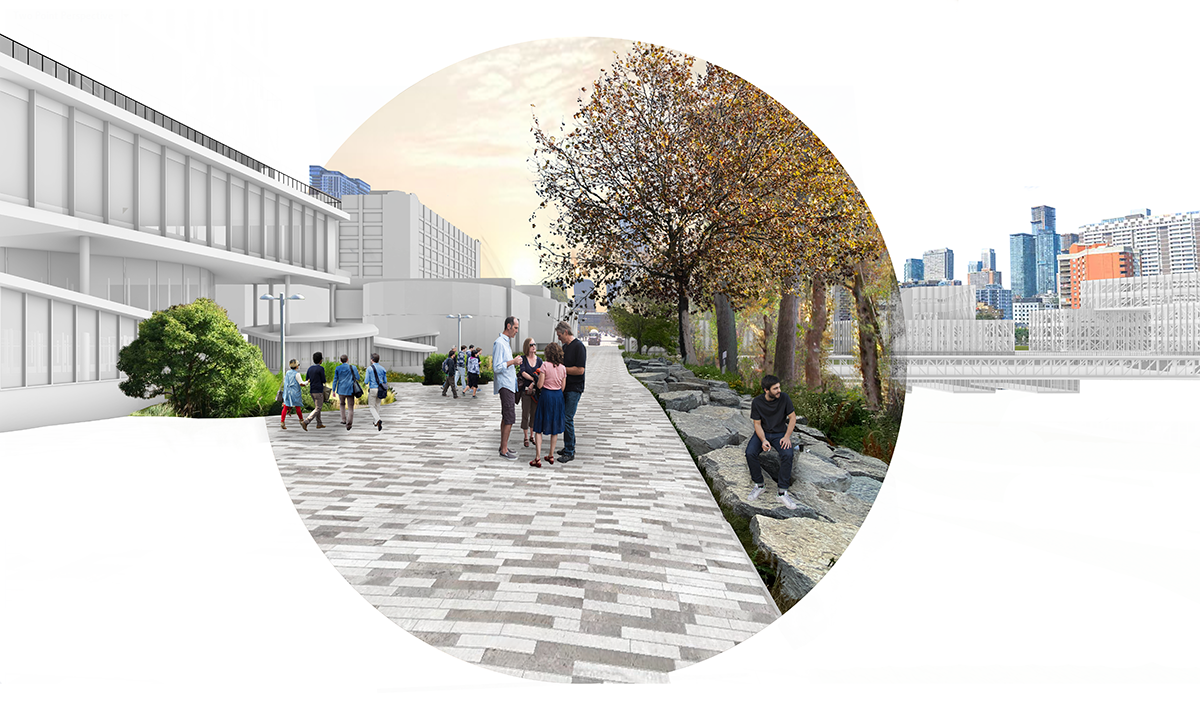
CONNOR GAGNON, MArch
Fragile: Designs for Certain Uncertainty
Architecture developed directly as a solution to climate change is too often imagined as an apolitical, technologically driven project. Lacking a pathway towards scaling outcomes, it struggles to make meaningful impacts beyond the level of the individual building. By examining theories of resilience that challenge conventional perspectives on the way ecosystems operate and applying those lessons in an architectural context the need for a connective tissue is identified, that bridges the large problems that need to be addressed, but also functions at the scale where architects normally work.
Through research into the architectural discourse concerned with dissolving boundaries of defined programming into spatial gradients this thesis proposes that the missing connective tissue is a form of environmental infrastructure concerned with mediating our relationship with the climate at a scale where real impact can be achieved. The task then is to come up with new ways to integrate architecture into this environmental infrastructure such that the collective capacity of architecture can be leveraged as an attractor of people. In so doing it becomes possible to identify an alternative capacity of architecture to combat climate change by bringing people and their activities into a more intimate relationship with the non-human
Fragile: Designs for Certain Uncertainty
Architecture developed directly as a solution to climate change is too often imagined as an apolitical, technologically driven project. Lacking a pathway towards scaling outcomes, it struggles to make meaningful impacts beyond the level of the individual building. By examining theories of resilience that challenge conventional perspectives on the way ecosystems operate and applying those lessons in an architectural context the need for a connective tissue is identified, that bridges the large problems that need to be addressed, but also functions at the scale where architects normally work.
Through research into the architectural discourse concerned with dissolving boundaries of defined programming into spatial gradients this thesis proposes that the missing connective tissue is a form of environmental infrastructure concerned with mediating our relationship with the climate at a scale where real impact can be achieved. The task then is to come up with new ways to integrate architecture into this environmental infrastructure such that the collective capacity of architecture can be leveraged as an attractor of people. In so doing it becomes possible to identify an alternative capacity of architecture to combat climate change by bringing people and their activities into a more intimate relationship with the non-human
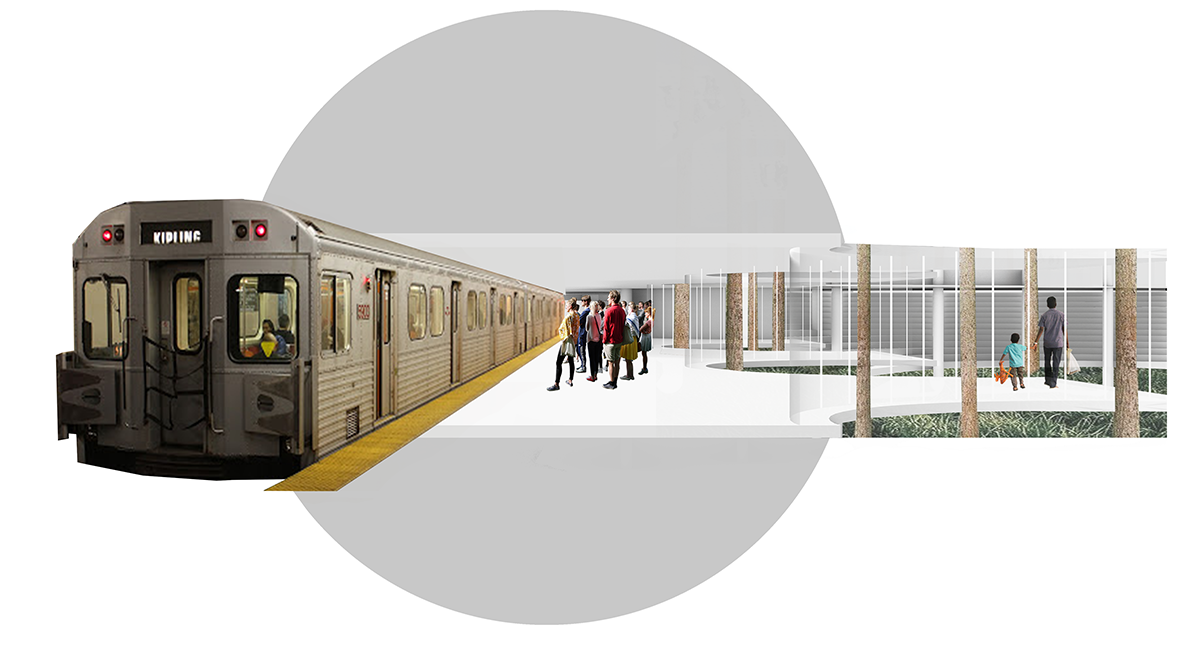
The landscape of the ravines below and the bridge above speak to each other about a shared educational and communal purpose.

In a way, this is a tool for urbanizing a space that might otherwise be considered wild and incapable of integrating into a city fabric.
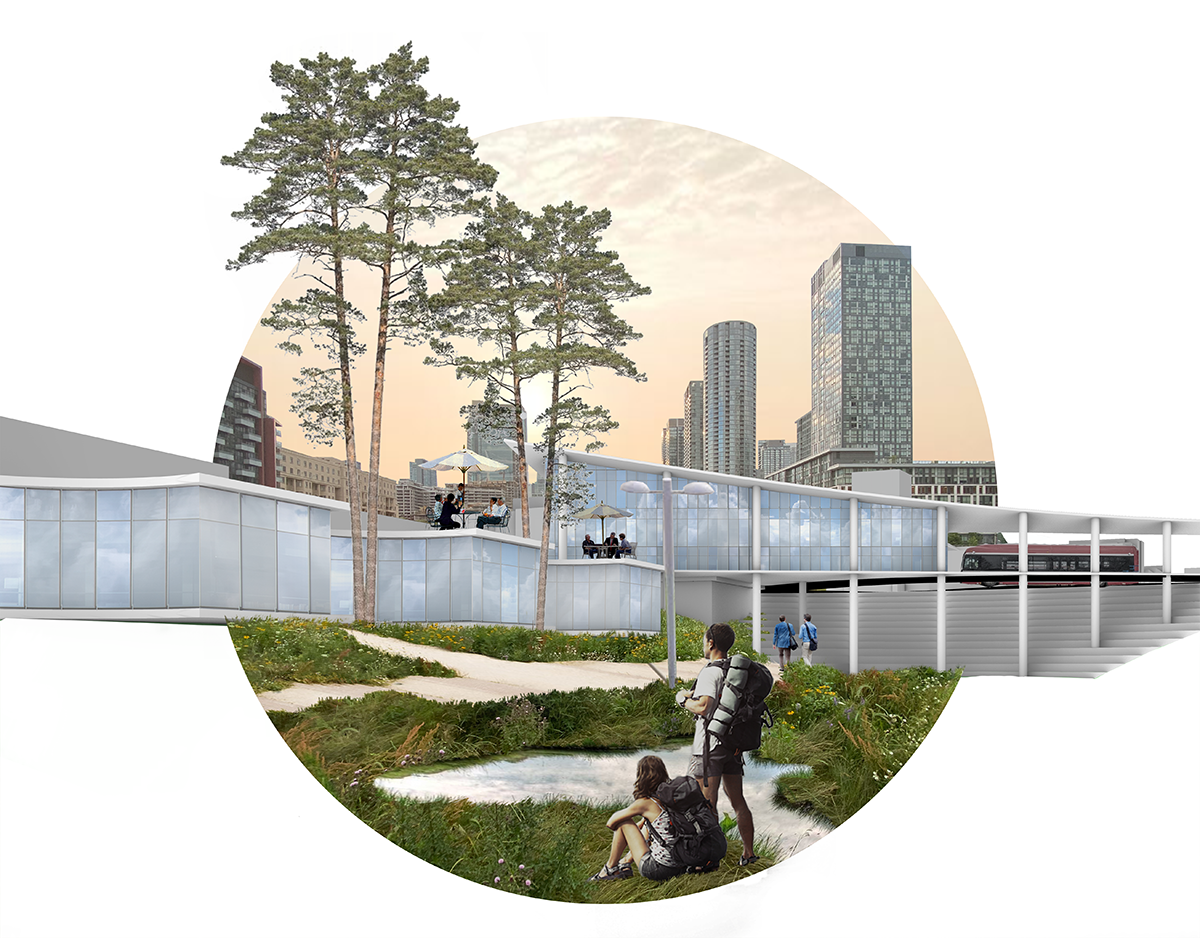
The typology could be likened to the stations of the industrial revolution, gates to the city, symbolic of both the possibilities of an enlarged world, as well as a gathering place for the local economy.
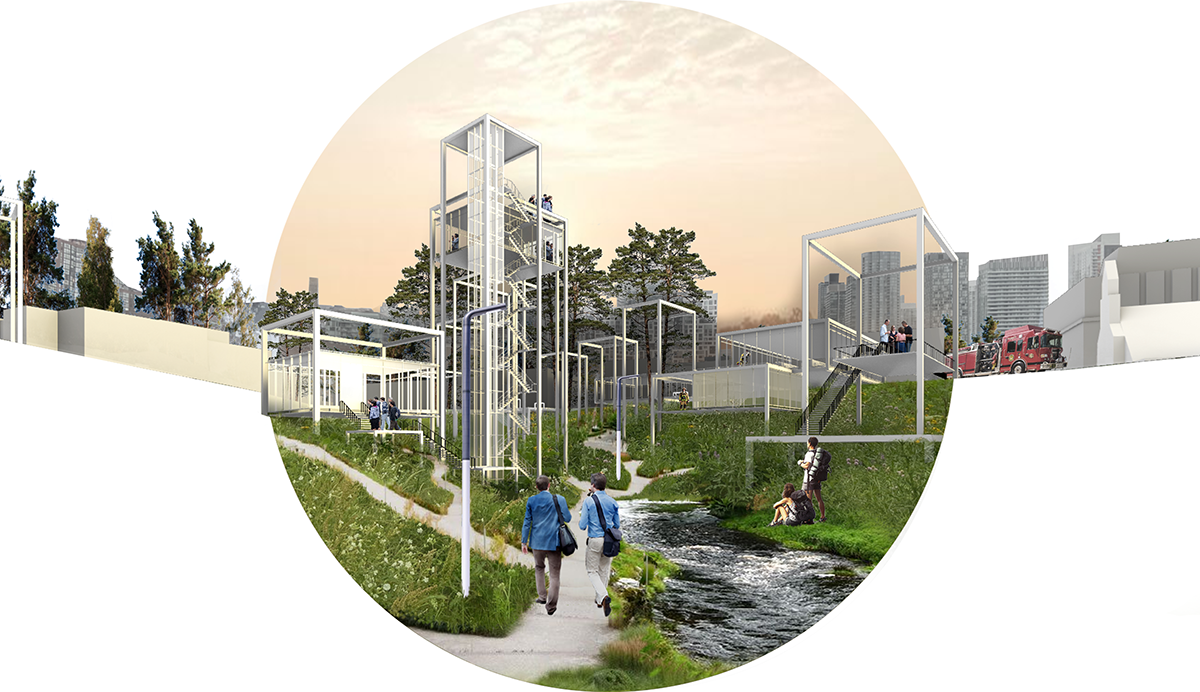
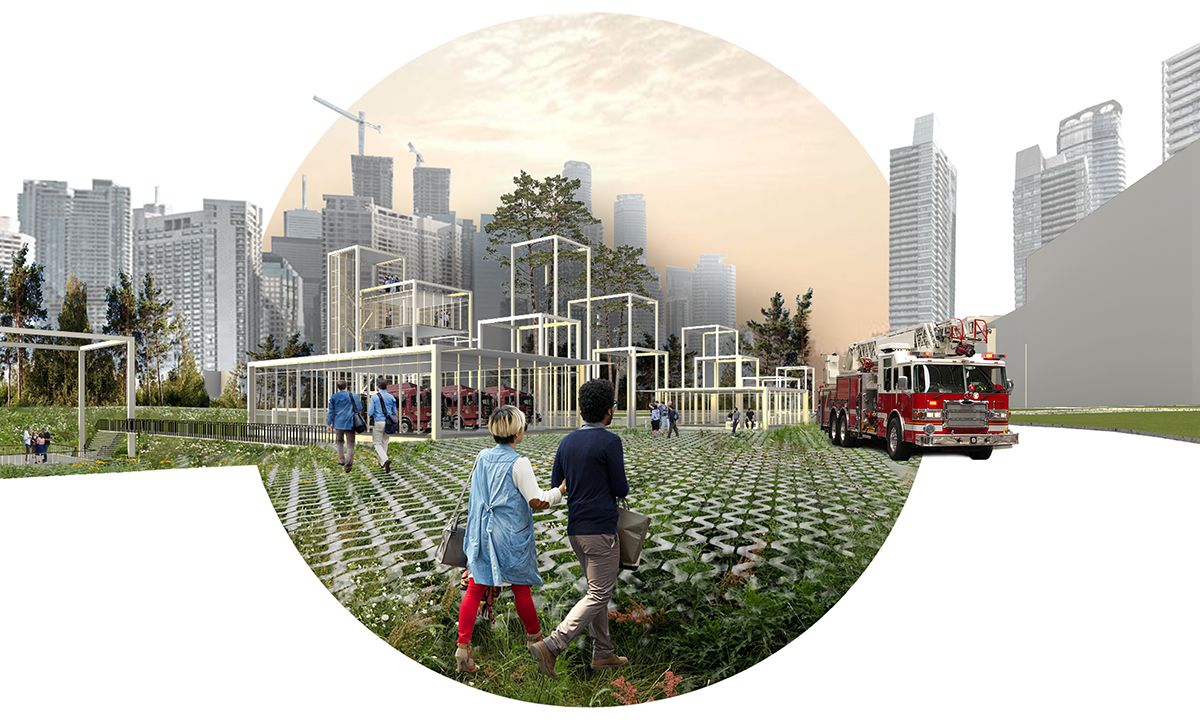

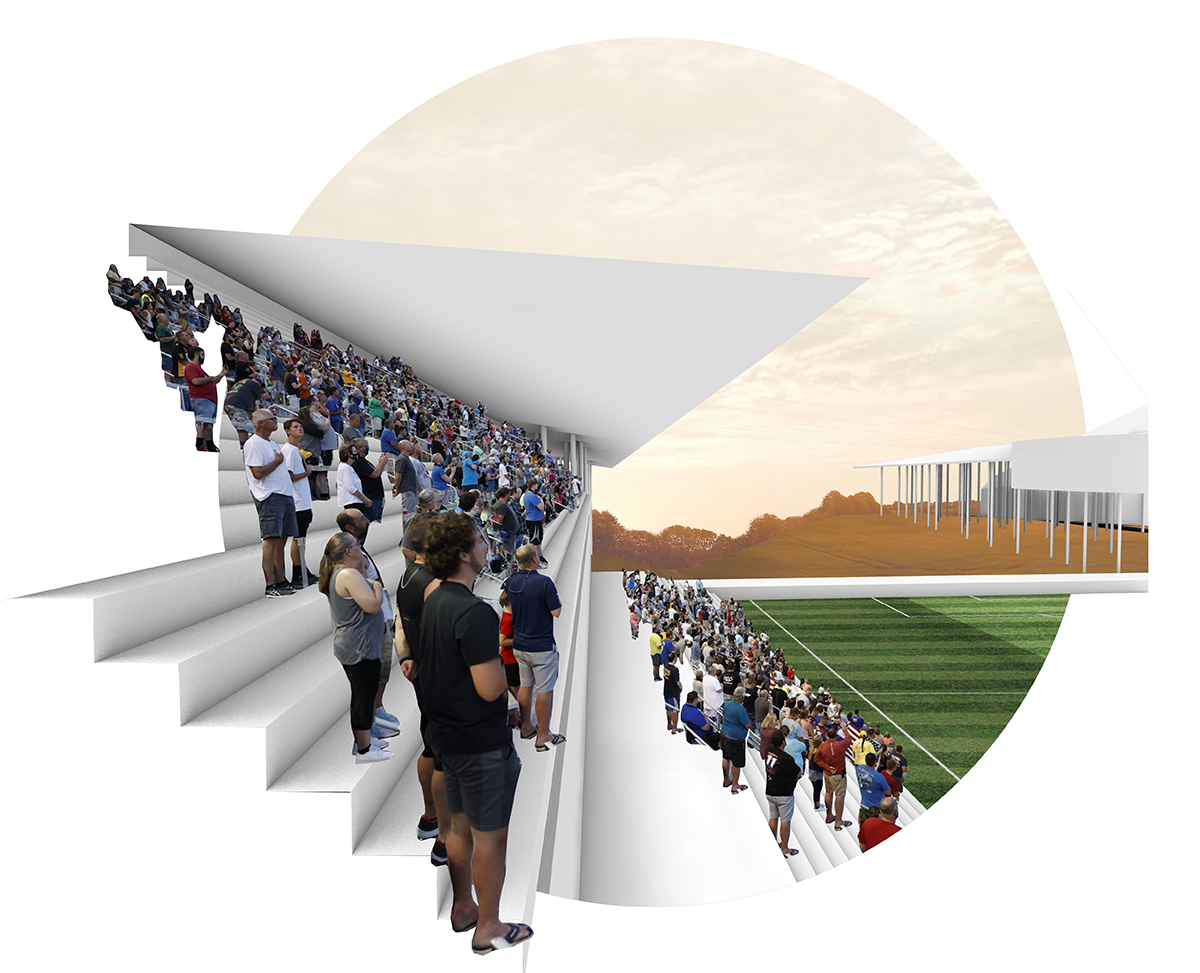

This isn’t meant to be a cure-all for social issues, but it is meant to demonstrate how if we re-consider buildings as thresholds for a re-imagined social infrastructure, new typologies can begin to emerge.
Buildings facing onto the enhanced street take on a different character as they orient towards both the green space nearby as well as the large-scale building and streetscape around them.
